

April 27-30, 2022 | Phoenix
AAE22
Refine your search results by using the drop-down menus below, or choose “Advanced Search This List.”
-
Includes Credits
CE Hours: 1.5
Description: Endodontic treatment by general dentists is expected to meet minimum standards as set out in guidelines which The American Association of Endodontists has developed and published as "Standards of Practice."
General dentists who have graduated from CODA-accredited institutions and are licensed to practice in the United States must have basic knowledge and experience regarding endodontic philosophy and treatment. In recognition of the variables which exist in dental education, treatment in the practice of endodontics by general dentists is expected to be within an acceptable range and to meet minimum standards as determined by practicing endodontists.
How should the AAE go about creating a context for diagnosis and skill levels that can provide a standard for all practitioners who undertake the responsibility to diagnose, to plan treatment and to administer endodontic care to their patients? How can the AAE address the epidemic of poor care and outcomes that every endodontist witnesses on a recurring basis? What is our responsibility as advocates for the highest standards of endodontic treatment? Where do we stand legally in our advocacy?
Learning Objectives:
- Discuss the legal issues that the AAE and state endodontic societies need to recognize in opposing substandard endodontic care
- Examine how Endodontists can be proactive in opposing substandard care with minimal legal risk
- Recognize how the AAE can support quality and competence in endodontic education and focus our message on the audiences that matter most-- patients, insurers, DSO’s, and courts
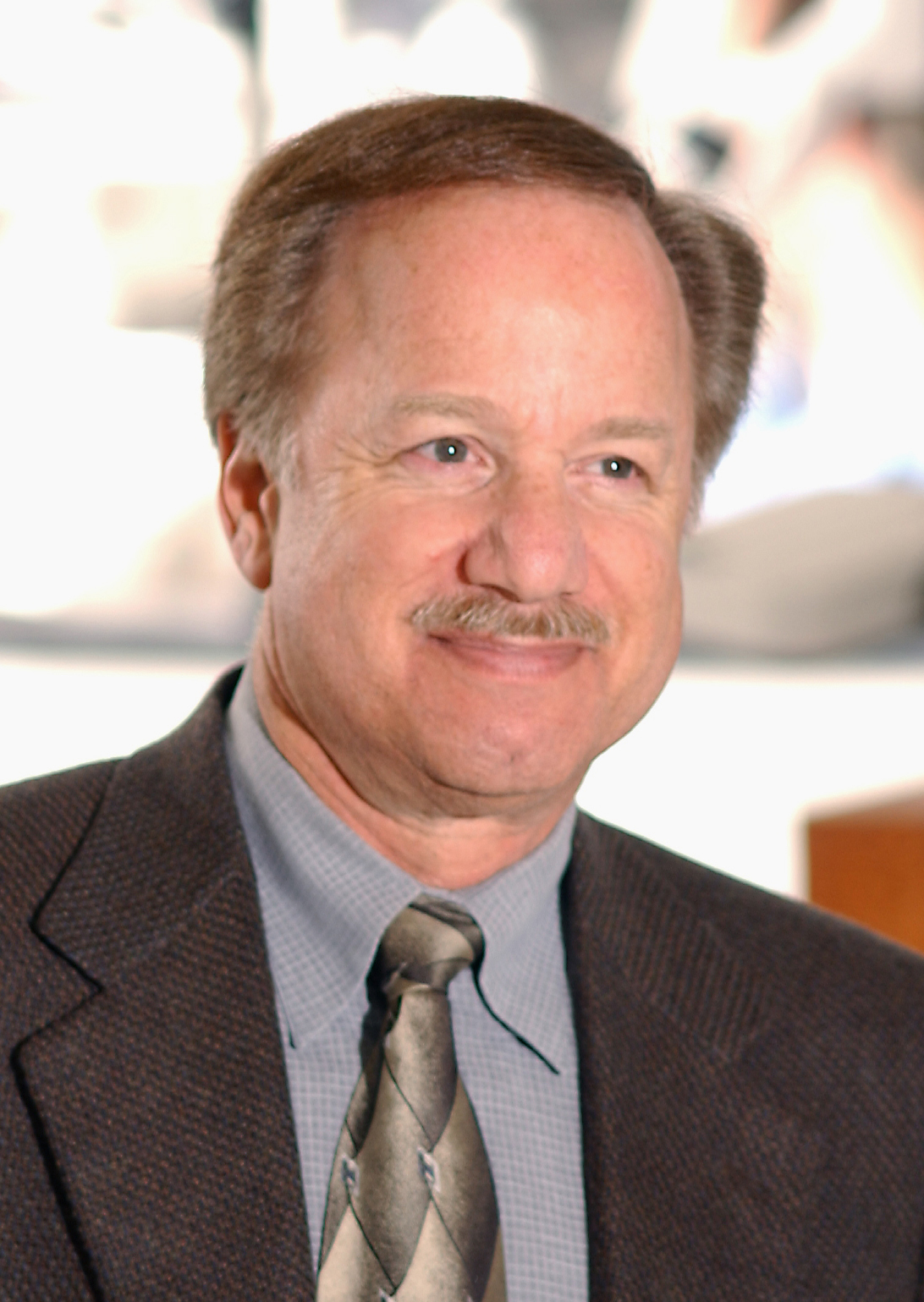
Alan H. Gluskin, D.D.S.
Alan H. Gluskin DDS is currently Professor, Department of Endodontics, Arthur A. Dugoni School of Dentistry, University of the Pacific in San Francisco, California. He served as Chairperson of the Endodontic Department for over thirty years. He is at present a Fellow of the International College of Dentists and the American College of Dentists. Dr. Gluskin has served on numerous AAE committees including the Educational Affairs Committee and the Research and Scientific Affairs Committee, as well being General Chair for both AAE10 and AAE18. Dr. Gluskin has just completed his tenure on the Executive Board of Directors of the American Association of Endodontists as Immediate Past President of the AAE. He additionally functions on the editorial boards of the Journal of Endodontics and the International Journal of
Endodontics. Dr. Gluskin is the 2017 recipient of the University of the Pacific’s Eberhardt Teacher-Scholar Award. He is co-editor of the textbooks Decision Making in Dental Treatment Planning and Practical Lessons in Endodontic Treatment.Speaker Disclosure
I declare that I have no proprietary, financial, or other personal interest of any nature or kind in any product, service, course, and/or company, or in any firm beneficially associated therewith, that will be discussed or considered during the proposed presentation.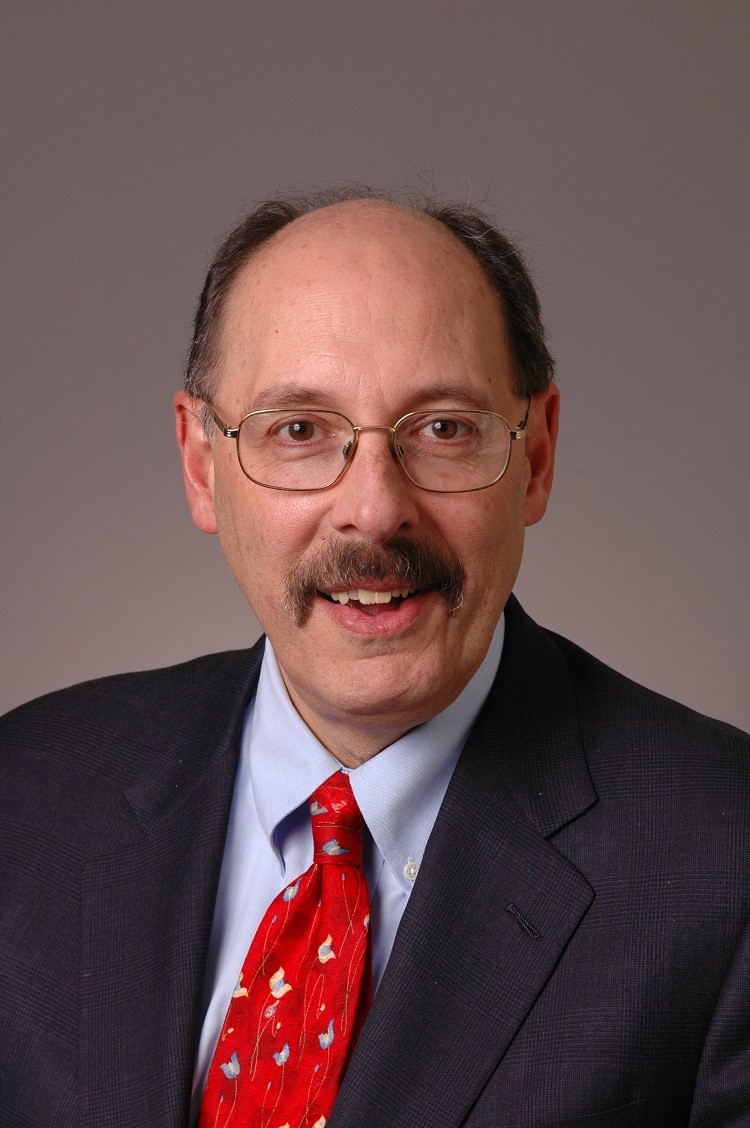
Jack Birerig, J.D.
Jack Bierig serves as General Counsel to the American Association of Endodontists. He is with the law firm of Schiff Hardin, LLP in Chicago. Jack is a 1972 graduate of the Harvard Law School. He teaches Health Law and Policy and Food and Drug Law and Policy at the University of Chicago Law School. He specializes in the representation of professional associations and accreditation and certification organizations. In addition to the AAE, Jack represents the American Medical Association, the American Dental Association, the National Association of Realtors, the American Board of Medical Specialties, and the Federation of State Medical Boards. He serves as General Counsel to the American Academy of Periodontology, the American Academy of Pain Medicine, the American Board of Dermatology, the American Board of Emergency Medicine, the ARC-PA, CoARC, and several other clients.
Speaker Disclosure
I declare that I have no proprietary, financial, or other personal interest of any nature or kind in any product, service, course, and/or company, or in any firm beneficially associated therewith, that will be discussed or considered during the proposed presentation. -
Includes Credits
CE Hours: 1.5
Description: In a majority of specialty practices, social media platforms (Facebook, Instagram, YouTube, etc.) are commonly misused, underutilized, or worse, not adopted at all. Even more distressing are the numerous companies trying to sell you on how they can help manage it all for you. Let's shift our social media mindset and move beyond selfies, generic content, and viral-video noise. Can we instead utilize social media platforms to connect and network with colleagues, gain new referral sources, educate patients, increase patient acceptance, address mis/disinformation, and enhance our clinical treatment? I believe it is possible. Let me show you how
Learning Objectives:
- Utilize social media in order to network with dental colleagues, educate existing patients,increase treatment plan acceptance, and bring new patients to your practice
- Use social media to enhance your clinical work and stay current on the latest dental materials, techniques, and technologies
- Explain what type of content you should be posting, and how to post it properly, maximizing user interaction and minimizing risk
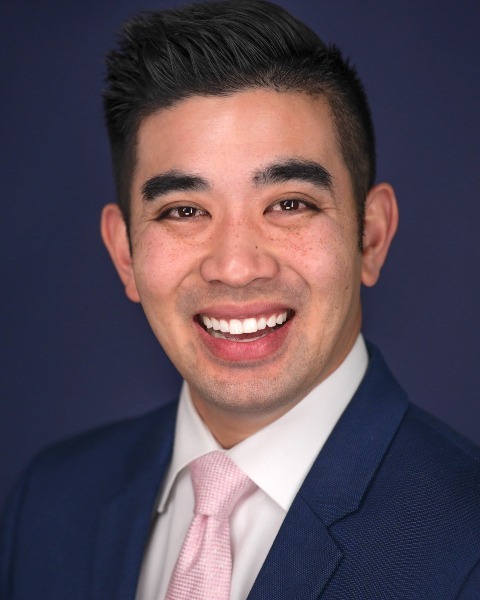
Brian M. Baliwas, DDS
Dr. Brian Baliwas maintains a private, fee-for-service general practice in the heart of downtown San Francisco, California. He graduated from the University of the Pacific Arthur A Dugoni School of Dentistry in 2014, where he graduated with high honors and was elected to join both Omicron Kappa Upsilon and Tau Kappa Omega dental honor societies. Through the development of his social media platform, Dr. Baliwas organically grew a 1000+ patient base in his first three years of practice. His strong online following has helped him become one of the top social media influencers in the dental field. He currently uses social media to not only marketing himself and his practice, but also as a tool for patient education, connecting with dental colleagues, and helping share information to the dental social media community.
Speaker Disclosure
I declare that I have no proprietary, financial, or other personal interest of any nature or kind in any product, service, course, and/or company, or in any firm beneficially associated therewith, that will be discussed or considered during the proposed presentation.
-
Includes Credits
CE Hours: 1.5
Description: Dr. John Olmsted will present case studies of several real endodontic malpractice cases to the audience. He will highlight endodontic procedures that became issues for dentists, and also endodontic procedures that developed problems for endodontists. A discussion will follow each case, giving the audience a chance to discuss the risk management issues involved in each case. The audience will then be asked to act as a jury, reaching a verdict on the case, and a dollar amount on a judgment. The audience will then be given the real-life verdicts and awards.
Learning Objectives:
- Explain how errors in record keeping, diagnosis, treatment planning, and endodontic treatment will affect the claims handling and legal process
- List the cost in terms of judgments rendered against dentists/endodontists through the discussion of real-life malpractice case examples
- Outline the steps of risk management
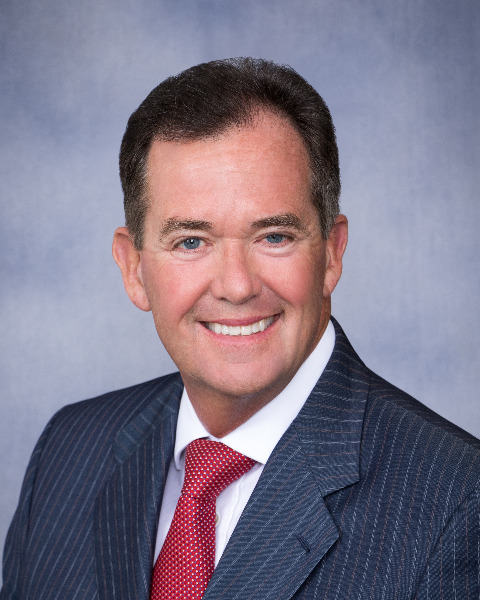
John S. Olmsted, D.D.S., M.S.
Dr. John Olmsted, 35 years clinical endo in a large group practice, is a past AAE President, past General Chairperson ADA 2004 Orlando Meeting. John earned his DDS, OKU from Iowa in 1975, his MS from the UNC-Chapel Hill in 1977, and he is currently a Clinical Professor in Endodontics at the UNC and Iowa. He is ABE certified and FAGD, FICD, FPFA, & FACD. John has presented 680 days of lectures, workshops, and seminars, at dental schools, state, regional, national, international meetings. He has served 25 years on the Board of Directors for Medical Mutual Insurance Company and 12 years on the Board of Directors for EDIC.
Speaker Disclosure
I declare that I have no proprietary, financial, or other personal interest of any nature or kind in any product, service, course, and/or company, or in any firm beneficially associated therewith, that will be discussed or considered during the proposed presentation.
-
Includes Credits
CE Hours: 1.5
Description: What is the silent killer of most Endodontic treatment? Coronal leakage. Endontically treated teeth are the most structurally compromised and susceptible to fracture and decay. Common restorative techniques fail to regain the biomechanics and structural integrity lost during treatment cycles. Crowns and fillings allow for microleakage and reactivation of decay & reinfection of root canal treated teeth. Can additional tooth structure be preserved? Can microgaps under restorations be prevented? Can vital teeth with deep carious lesions be predictably sealed to maintain pulpal health? Yes, through stress reduction & Biomimetic Restorative Dentistry. Biomimetic dentistry uses the intact tooth as the ultimate guide in reconstruction. Combining tooth conservation, stress reduction and advanced adhesive dentistry solves the coronal conundrum of gaps, cracks and leakage.
Learning Objectives:
- Obtain complete caries removal in the Peripheral Seal Zone and read the Hierarchy of Bondability in the Central Stop Zone in deep carious lesions
- Explain polymerization dynamics and C-Factor control to maintain coronal seal, through Layering, Fiber placement, and curing protocols
- Describe the Bio-Rim Preservation and regaining structural integrity through a non mechanically retained approach
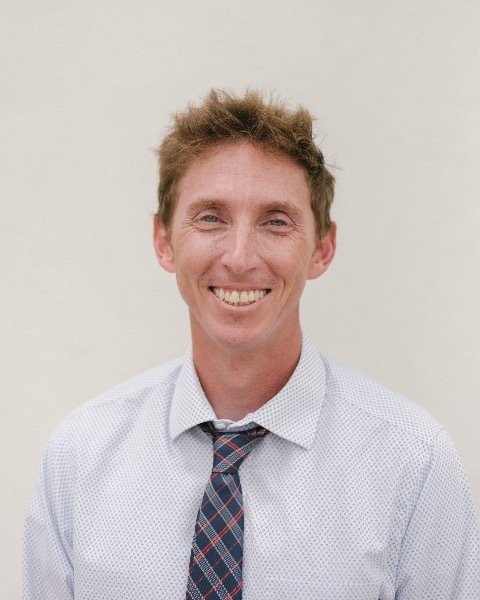
Davey Alleman, D.M.D
Dr. Alleman is a general dentist that currently practices biomimetic dentistry in Provo, Utah with his father Dr. David Alleman. He received his DMD from the Roseman University of Health Sciences in 2015. Dr. Alleman practiced dentistry for the US Army in Seoul, South Korea and Southern Arizona from 2015-1019. He is an instructor and mentor for the Alleman Center Biomimetic Mastership. Dr. Alleman is passionate to improve dental outcomes through minimally invasive biomimetic dentistry. He has been published in Journal of Operative Dentistry and Inside Dentistry.
Speaker Disclosure
I declare that I have no proprietary, financial, or other personal interest of any nature or kind in any product, service, course, and/or company, or in any firm beneficially associated therewith, that will be discussed or considered during the proposed presentation.
-
Includes Credits
CE Hours: 1.0
Description: After a review of the classic concepts of endodontic-periodontal lesions and their diagnosis, the presentation will introduce a large variety of conditions that may involve these concepts in their treatment by the endodontist. Procedures including guided bone regeneration, intentional replantation, external cervical resorption, and others will be discussed with supporting literature to stress these relationships.
Learning Objectives:
- Discuss the need for careful patient assessment in diagnosing endo-perio lesions
- Explain the classical presentation of Endo-Perio Lesions as described by Simon and Harrington
- Discuss a variety of endodontic therapies that require an understanding of endo-perio concepts
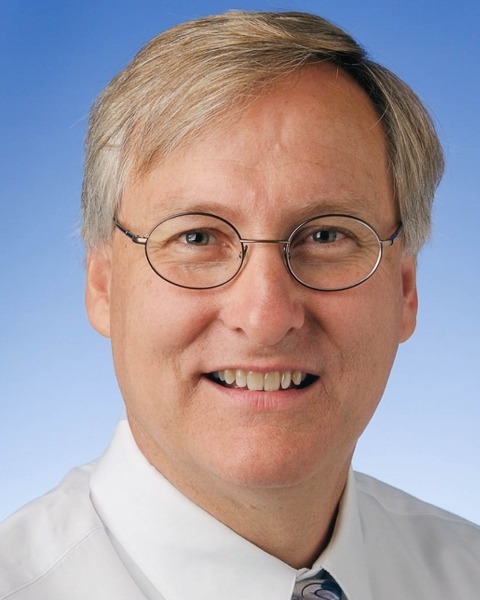
Kenneth J. Frick, D.D.S., M.S.
Dr. Frick began his academic career at UMKC in 2013 after 25 years of private practice. He is currently the Director of the Advanced Education Program in Endodontics at the University of Missouri-Kansas City. He is a Diplomate of the American Board of Endodontics, President of the College of Diplomates of the ABE, Chair of the AAE Membership Services Committee, and holds dental licensure in Arizona, Kansas, and Missouri. He graduated from the University of Missouri, Kansas City, School of Dentistry, in 1986, and then completed three years in the USAF as a Dental Officer, with one year as an AEGD resident. In 1997 he earned a Certificate in Endodontics and Master of Science Degree from Marquette University. From 1997 to 2012 he practiced as an endodontist in Scottsdale, AZ. His research interests are in clinical teaching methodologies and biomaterials.
Speaker Disclosure
I declare that I have no proprietary, financial, or other personal interest of any nature or kind in any product, service, course, and/or company, or in any firm beneficially associated therewith, that will be discussed or considered during the proposed presentation.
-
Includes Credits
CE Hours: 0.75
Description: Odontogenic sinusitis (ODS) is a fascinating and unique form of infectious sinus disease, stemming from infectious maxillary dental pathology or following certain dental treatments. ODS is more common than historically thought, but is still frequently missed by each of the provider types critical to diagnosing and managing the condition (radiologists, dentists and dental specialists, and otolaryngologists). ODS has been significantly underrepresented in national and international sinusitis guidelines, but major strides have been made over the last 5 years with improved publication volumes and evidence levels, leading to national and international consensus statements on diagnosing and treating ODS. This presentation will present the highest evidence levels to date on ODS, covering all aspects of the condition from epidemiology to pathophysiology, to optimal diagnostic and therapeutic interventions. The goals are to increase awareness and clinicians’ diagnostic suspicion of ODS, and to promote the importance of multidisciplinary collaboration when managing these patients.
Learning Objectives:
- Define odontogenic sinusitis (ODS)
- Diagnose odontogenic sinusitis (ODS)
- Treat odontogenic sinusitis (ODS)
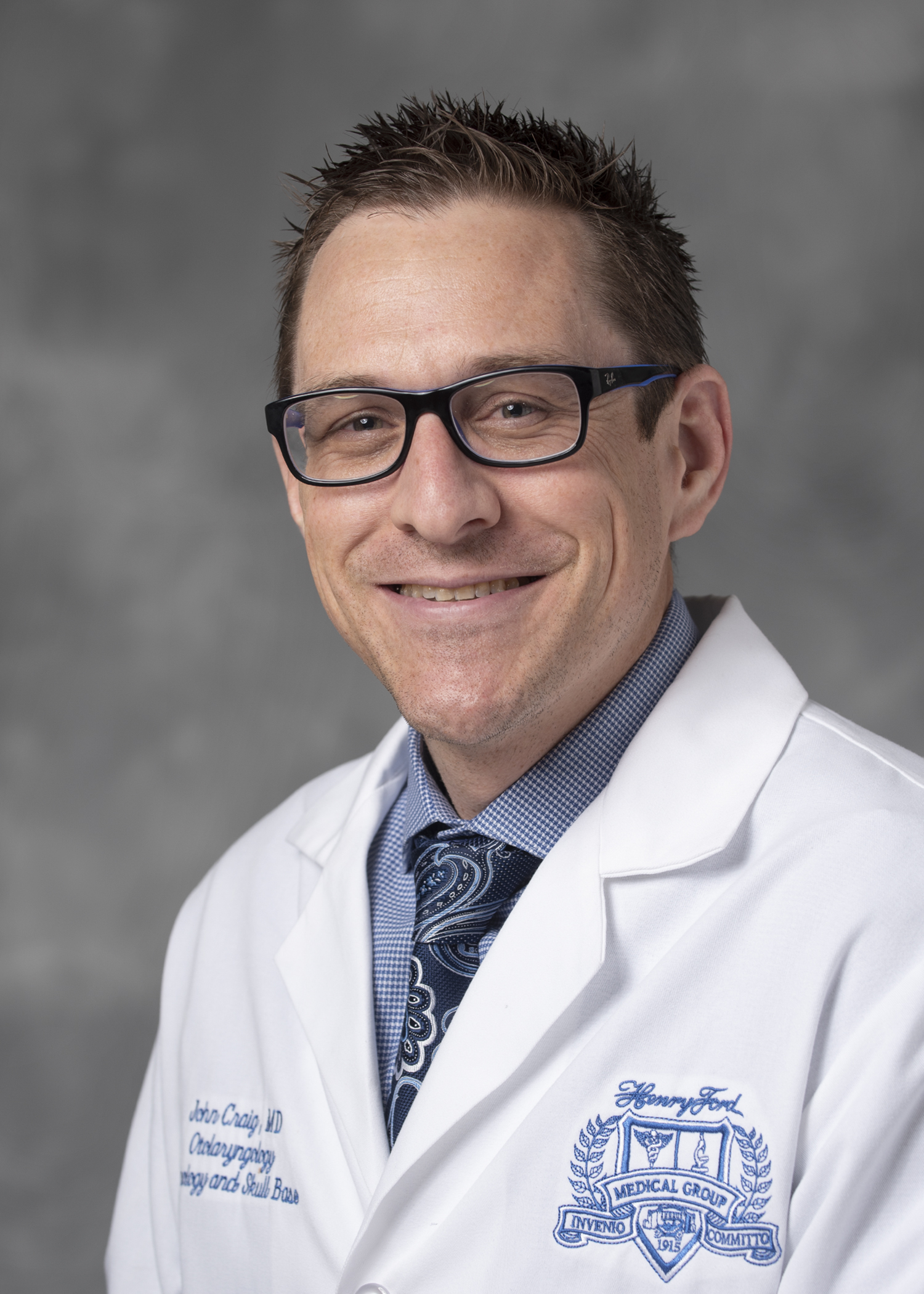
John Craig, MD
Dr. John Craig is joining us from Henry Ford Health System in Detroit, Michigan where he is the Division Chief of Rhinology and Endoscopic Skull Base Surgery. Dr. Craig completed his Fellowship in Rhinology at the University of Pennsylvania in Philadelphia, Pennsylvania in 2015, and has been in practice at Henry Ford ever since. He has a number of research interests, but for the last 5 years he has had a particular interest in odontogenic sinusitis. He has published 13 articles on the topic in the last few years, and has led the first national and international multidisciplinary consensus statements on diagnosing and treating odontogenic sinusitis.
Speaker Disclosure
I declare that I have no proprietary, financial, or other personal interest of any nature or kind in any product, service, course, and/or company, or in any firm beneficially associated therewith, that will be discussed or considered during the proposed presentation.
-
Includes Credits
CE Hours: 1.0
Description: The pathological extension of periapical infection into the maxillary sinuses is often overlooked in clinical medical and dental practice, with its sequelae often misdiagnosed as rhinogenic sinusitis. This lecture explains and illustrates the similarities, distinguishing differences, and frequent inter-relationship between endodontic disease and paranasal sinus infections. The associated clinical and radiographic findings of maxillary sinusitis of endodontic origin (MSEO) are explained using many real-world clinical case examples with an update on the current literature. Emphasis is placed on the importance of CBCT imaging, magnification, proper terminology, and clinical expertise for rendering both non-surgical and surgical endodontic treatment when indicated. The goal is to help practitioners distinguish rhinosinusitis from odontogenic sinusitis, and specifically MSEO, in an effort to improve the health of patients through accurate diagnosis, appropriate treatment, and improved communication between endodontists and ENT specialists.
Learning Objectives:
- Describe the clinical symptoms and radiograph similarities and differences between rhinogenic sinusitis and the various forms of odontogenic sinusitis.
- Describe the progression and pathogenic effects of apical periodontitis on the sinus tissues and the associated clinical and radiographic findings of maxillary sinusitis of endodontic origin (MSEO) using current terminology.
- Describe the importance of proper endodontic management for successful treatment of MSEO, recognizing the complexity of maxillary posterior canal morphology and the unique non-surgical and surgical challenges present with maxillary posterior teeth proximate to the maxillary sinus.
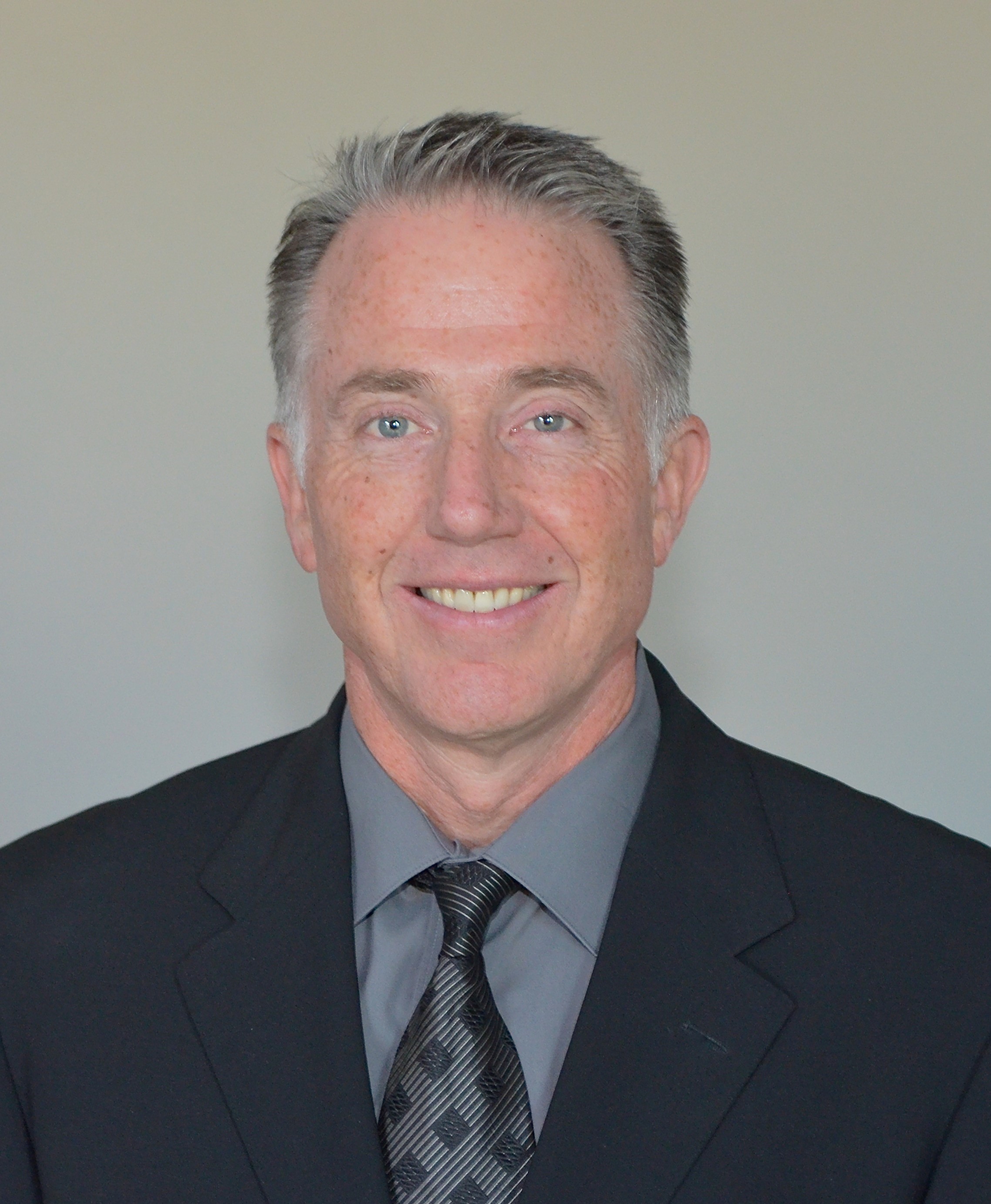
Roderick W. Tataryn, DDS, MS
Dr. Rod Tataryn received his DDS degree in 1989 and Master of Science degree in Endodontics in 1994 from Loma Linda University. He has been in private practice endodontics in Spokane, Washington for 28 years and maintains a faculty position at Loma Linda University School of Dentistry. Dr. Tataryn has served on the Clinical Practice Committee for the American Association of Endodontists, has authored clinical and scientific articles on endodontics, including recent multidisciplinary consensus statements on the diagnosis and management of odontogenic sinusitis. Dr. Tataryn is also a contributing author for several endodontic textbooks including the Sixth and Seventh Editions of "Ingle’s Endodontics", and Torabinejad and Rubinstein's "The Art and Science of Contemporary Surgical Endodontics".
Speaker Disclosure
I declare that I have no proprietary, financial, or other personal interest of any nature or kind in any product, service, course, and/or company, or in any firm beneficially associated therewith, that will be discussed or considered during the proposed presentation.
-
Includes Credits
CE Hours: 1.5
Description: Choosing to save and maintain teeth can be a difficult decision to make when it comes to compromised tooth structure. For example, periodontal procedures can be helpful to lengthen clinical crowns or to gain access to root surface defects such as external root resorption. However, before considering periodontal procedures, there are several factors to consider: Esthetics, tooth anatomy, alternative procedures, and long-term prognosis should all be taken into consideration. This presentation will review perio-restorative concepts to consider for endodontics as well as dive into the limitations that determine the restorability of teeth. The focus of this presentation will be on crown lengthening and oral plastic surgery procedures.
Learning Objectives:
- Discuss the indications, limitations, and technique for crown lengthening procedures
- Discuss the indications, limitations, and technique for various oral plastic surgery procedures to address root surface defects such as external root resorption
- Review periodontal considerations in determining the prognosis of teeth and how they may affect endodontic care
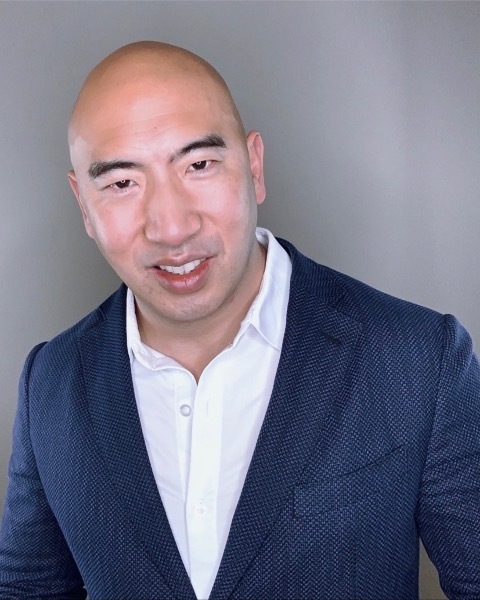
David Wong, D.D.S.
Dr. David Wong is a board-certified Periodontist in private practice in Tulsa, Oklahoma. Dr. Wong received his undergraduate education and dental training at the University of Oklahoma. He then went on to complete a three year residency in periodontics at the University of Missouri-Kansas City. He is a Diplomate of the American Board of Periodontology as well as a Fellow in the International Congress of Oral Implantologiests. He is a published author in several peer-reviewed dental journals but has also reached a mainstream audience in media such as Fox News and the Wall Street Journal. Dr. Wong presently resides in Tulsa with his wife and three children where he maintains a full-time private practice.
Speaker Disclosure
I declare that I have no proprietary, financial, or other personal interest of any nature or kind in any product, service, course, and/or company, or in any firm beneficially associated therewith, that will be discussed or considered during the proposed presentation.
-
Includes Credits
CE Hours: 1.5
Description: Root canal sealers are a critical component in obturation to provide a fluid-tight seal of the root canal system. Calcium silicate-based bioceramic sealers have emerged as a promising alternative to traditional resin-based or ZOE-based sealers. The increasing popularity of these materials is driving a paradigm change in obturation towards a more sealer-centric philosophy. The excellent flow characteristics, sealing ability, dimensional stability, and biocompatibility of bioceramic sealers allow them to be used in a simplified obturation technique without compromising the quality of obturation. Since the first bioceramic sealers were introduced in 2008, there has been growing evidence supporting the use of these materials. New products also continue to be developed and introduced. This presentation will provide an update on the recent development in the field of bioceramic sealers, review their relevant properties, discuss the clinical techniques of their application, and present the most current research related to the properties and clinical effectiveness of bioceramic sealers.
Learning Objectives:
- Describe the physical, chemical, and biological properties of bioceramic sealers and understand the benefits and limitations of these materials
- Describe the clinical techniques for using bioceramic sealers in root canal obturation
- Discuss current evidence from in vitro and clinical studies regarding bioceramic sealers
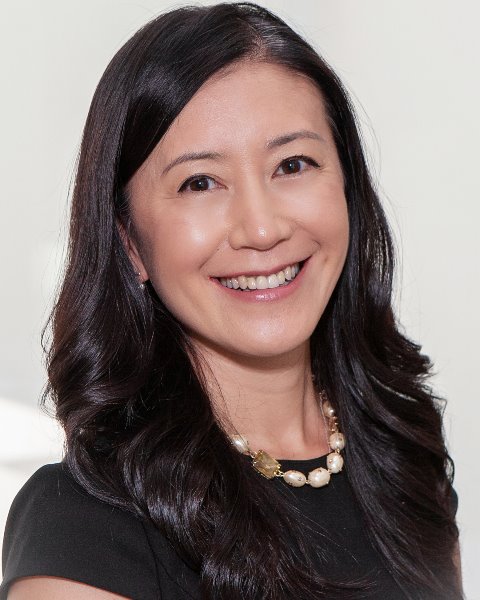
Jianing He, D.M.D., Ph.D.
Dr. Jianing (Jenny) He received her dental degree from West China University of Medical Sciences in 1996, and a certificate in Endodontics, and a PhD in Oral Biology from the University of Connecticut Health Center in 2003.
Dr. He has been actively involved in endodontic education, research, and clinical practice. She is a Diplomate of the American Board of Endodontics and a fellow of the American College of Dentists. She has published over 50 manuscripts in peer-reviewed journals and served on the Research and Scientific Affairs Committee for the AAE. Dr. He is currently an Associate Editor of the Journal of Endodontics.
Dr. He is a Clinical Associate Professor at Texas A&M University College of Dentistry and maintains a full-time private practice limited to Endodontics in Flower Mound and McKinney, TX.Speaker Disclosure
In accordance with this policy, I declare I have a past or present proprietary or relevant financial relationship or receive gifts in kind (including soft intangible remuneration), consulting position or affiliation, or other personal interest of any nature or kind in any product, service, course and/or company, or in any firm beneficially associated therewith, as indicated: Brasseler USA (Individual(s) Involved: Self): Honorarium (Terminated)
-
CE Hours:0
Description: It's only one concept in endodontics: elimination of bacteria and the pulp tissue from the root canal system while preserving maximum tooth structure for restoration and function. The purpose of endodontic therapy is to remove all the inflamed and necrotic tissues in the pulp, as well as the bacterial component, making the pulp and the root canals of the tooth as clean as possible. Making the root canals as clean as possible (one of the predictor factors for endodontic success) increases the predictability of our treatments.
Scouting canals technique improves the shaping, disinfection, and obturation of the root canal system with cheap tools and a simple approach.
Learning Objectives:
- Describe the aim of this procedure
- Explain the details of the technique
- Discuss documented cases and to realize that this is a teachable, repeatable, and reproducible technique
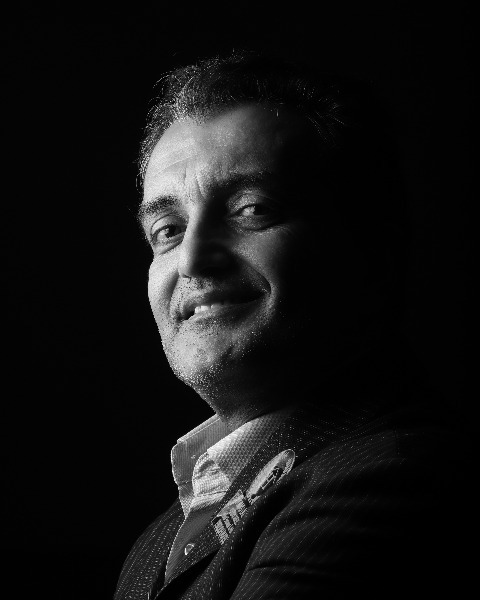
Thomas Lazaridis
Lazaridis Thomas email: lazaridisthomas@gmail.com Citizenship: Greek Born in 13-04-1969 EDUCATION Graduation: Faculty of Dental Medicine Sofia Medical University (Bulgaria) -1994(1989-1994) Implantology education: ITI, 2008-20010 EMPLOYMENT 1995-1996 Naval Hospital 1997- now self-employed, general dentist-limited to endodontics Focus on endodontics and restorative dentistry 1998-2008 worked limited in endodontics in many dental clinics 2005 I obtain my first microscope and focused on microdentistry. From 2005 until now all procedures in dentistry were done under the microscope. Lecturing in Ukraine and India(2013-2019) Field of interest : Access cavity, glidepath Management of curved canals Management of broken files Documentation of canal and apical scouting Documentation with the microscope.
Speaker Disclosure
I declare that I have no proprietary, financial, or other personal interest of any nature or kind in any product, service, course, and/or company, or in any firm beneficially associated therewith, that will be discussed or considered during the proposed presentation.
Disclosure
All speakers must disclose to the program audience any proprietary, financial or other personal interest of any nature of kind, in any product, service, source and/or company, or in any firm beneficially associated therewith that will be discussed or considered during their presentation. The AAE does not view the existence of these interests or uses as implying bias or decreasing the value to participants. The AAE, along with ADA CERP, feels that this disclosure is important for the participants to form their own judgment about each presentation. Please see each individual speaker's information within a session for disclosure information.
Speakers can select which components of their presentation they would like included on Endo On Demand, and as a result, some courses may only include a handout, audio, audio and handout, or have portions of their presentation omitted. Courses that have only a handout and/or audio do not include the online CE option. Courses with multiple speakers may have some portions omitted from the presentation if not all speakers give permission to have their content posted.
| Access Date | Quiz Result | Score | Actions |
|---|

